Jodhpur is known for its hot climate and its location of being right at the edge of the Thar Desert, and with the number of amazing things to see and donin this city, you just can’t miss the prominence of Mehrangarh Fort. this vast fort is one of the largest in Rajasthan, perched upon a hill at 400ft, spread across 5kms in the heart of the city. if you wish to explore the deep history and culture of Jodhpur, mehranagarh Fort will be the ideal sport for the same, as it is a famous tourist destination in Rajasthan.
Nestled atop a hill, at a height of 410 feet above the city of Jodhpur, Mehrangarh Fort stands as a majestic citadel of colossal proportions. Also known as Mehran Fort, it boasts of a history of more than 550 years and is surrounded by imposing walls. It is one of the largest forts in the country and is among the most formidable ones in Rajasthan. While the fort itself is an ode to Rajputana grandeur and architectural brilliance, the view it offers of the Jodhpur city spreading out below is no less impressive either. It’s not a surprise that the grand Mehran Fort is a prime attraction for travelers while planning a trip and booking rooms in the hotels in Jodhpur.
Want to know more about Mehrangarh, one of the top historical forts in Rajasthan? Here’s everything you need to know such as the history, architecture, things to see, museum, and other attractions at Mehrangarh Fort, Jodhpur.
Mehrangarh the Fort of Jodhpur crowns a rocky hill that rises 400 feet above the surrounding plain, and appears both to command and to meld with the landscape. One of the largest forts in Rajasthan, it contains some of the finest palaces and preserves in its museum many priceless relics of Indian courtly life.
For over five centuries Mehrangarh has been the headquarters of the senior branch of Rajput clan known as the Rathores. According to their bards, the ruling dynasty of this clan had at an earlier period controlled Kanauj (in what is known as Uttar Pradesh). Like other prominent medieval Rajput rulers – including the famous Prithviraj Chauhan – they were defeated by the invaders from Afghanistan at the end of the 12th century. This catastrophe led to the disruption and migration of the early Rajput clans that they led. The Rathores came to Pali, in Marwar, in what is now central Rajasthan. It is claimed that they were to settle there to protect Brahmin villages against cattle-rustling local tribes. The story may seem somewhat fanciful, but the protection of the priestly caste in one of the traditional roles assigned to the Rajputs. Their task in Pali was the basis of their expanding power in the region.
Rao Chunda (r. 1384-1428), the twelfth Rathore to rule in Marwar, established his capital at Mandore, which he had acquired as a part of a dowry. Two generations later, Rao Jodha (r. 1438-89) began to build a fort at a new site six miles to the south, on an isolated rock with a higher elevation and better natural defences. Jodhpur, the town that sprang up at its base, was named after him. The fort was named Mehrangarh, meaning ‘fort of the sun’ – a reference to the clan’s mythical descent from the sun god Surya. Over 500 yards long, its wall rises in places to a height of 120 feet and is 70 feet thick.

For Rao Jodha’s successors, these defences were essential, though not always adequate. The centuries following the fort’s foundation were marked by rivalries between the Rajput clans and by other external threats. A dominant influence over the region was asserted first by the Delhi Sultanate and later by the Mughals. As they built their empire in India, the Mughals sought to subdue Rajput states like Marwar and its neighbours in Rajasthan, but they did not wish to eradicate them. To most established Indian rulers they preferred to offer terms of subsidiary alliance: serve the empire, they said, and you can retain control over your ancestral lands. Four successive generations of rulers in Marwar, between 1581 and 1678, accepted this challenge and became loyal allies and in effect feudatory chiefs of the empire. But for decades both before and after this phase, the understanding with the Mughals broke down, the city and fort of Jodhpur were overrun, and the Rathores were reduced to guerrilla-style resistance in their own kingdom. It did not make matters easier that their relations with the bordering Rajput states such as Jaipur and Bikaner also tended to be volatile.
In those unstable times, a fort like Mehrangarh was an object of great power and prestige; in today’s terms it would be rather like owning an aircraft carrier. Its uses, perhaps, were somewhat more varied; it was not just a military base, but also a palace for the rulers and their wives; a centre of patronage for the arts, music, literature; and with its many temples and shrines it was also a place of worship. These diverse uses are reflected in many buildings within.
The current head of the Rathore clan and custodian of the fort, Maharaja Gaj Singh II, has preserved the buildings and developed the museum as a record of the lives of his predecessors. His ancestors ruled the state of Marwar and over many generations built this architectural treasure, and it falls to him to ensure that their legacy is maintained and understood.
Mehrangarh Fort holds the pride of place in Jodhpur because of its splendid architecture and the diverse history associated with it. Considered as one of the most formidable and magnificent forts of Rajasthan, Mehrangarh fort was built by Rao Jodha in the year 1459. The fort is spread over an area of 5 km and is built on 125 m high hill in the outskirts of Jodhpur city.
There are seven gates, which can be used to enter the Mehrangarh fort. These 7 gates are made by different rulers, and are built in honour of victory over Bikaner and Jaipur armies.
One can see the panoramic view of the Jodhpur city from this fort, which seems like a blue carpet laid at the foot of a hill. Every ruler of Jodhpur has contributed in the making of this fort. Within the fort one can see the magnificent palaces. The main palaces located in the Mehrangarh Fort are Moti Mahal, Phool Mahal, Sheesh Mahal, Zenana Dude, Takht Vilas and Jhanki Mahal. There are also two temples located inside the fort – Chamundi Devi Mandir and Nagnechiaji Mandir, dedicated to Goddess Durga and the Kuldevi respectively.
There is also a museum within the Mehrangarh fort, which exhibits a rich collection of palanquins, musical instruments, royal cradles, costumes, arms, furniture and paintings.
Mehrangarh Fort, Jodhpur Information:
| Location | Sodagaran Mohalla, Jodhpur |
| Type | Fort |
| Also Known as | Mehran Fort |
| Timings | 9:00 am to 5:00 pm; every day |
| Entry Fee | Free |
| Museum Entry Fee | ₹ 100 for Indians; ₹ 50 for senior citizens, students, paramilitary personnel ₹ 600 for foreigners (the charges include audio equipment) ₹ 400 for foreign students |
| Chokelao Bagh Entry | ₹ 30 per person |
| Still Camera | ₹ 100 |
| Video Camera | ₹ 200 |
| Elevator (one-way) | ₹ 50 |
| Tour Escort Fee | ₹ 120 |
| Audio Guide | ₹ 180 |
| Guide Fee | ₹ 300 to ₹ 600 (varies based on pax) |
| Commissioned by | Rao Jodha, the founder of Jodhpur |
| Year of Construction | 1459 |
| Architectural style | Various architectural styles from the 15th century to the 20th century |
| Present Custodian | Maharaja Gaj Singh II, the current head of the Rathode clan |
| Festivals | Rajasthan International Folk Festival in October, World Sufi Spirit Festival in February |
| Activities | Zip Lining by Jodhpur Flying Fox |
Note: Ticket sale closes at 5:00 pm. Entry is free for visitors on 12th May due to the occasion of Jodhpur Foundation Day. Only the audio guide, elevator fee, and manual charges are applicable.
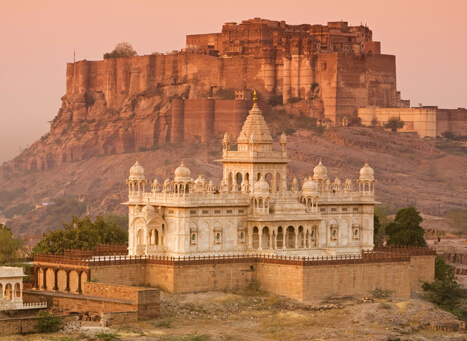
Mehrangarh Fort: History
Mehrangarh Fort owes its origin to Rao Jodha, the ruler of Mandore and the founder of the city of Jodhpur. When Rao Jodha decided to shift his capital to a safer and elevated location in Jodhpur, he laid the foundation of this massive fort in 1459 on a hill named Bhakurcheeria aka the Mountain of Birds. The cornerstone of the fort was laid by Shri Karni Mata, a female warrior sage.
Legend has it that Rao Jodha had to relocate the sole occupant of the hill, a hermit named Cheeria Nathji, in order to build the fort. The enraged hermit cursed that the fort would suffer scarcity of water forever. To appease him, the king built a temple and a house for him within the fort premises. Some local stories even say that Rao Jodha buried alive a common man named Raja Ram Meghwal in the foundations of the fort to nullify the impact of the curse. Since the man had agreed to sacrifice his life willingly, the king promised to look after his family and continued to fulfill his promise diligently.
Over the years, Rao Jodha’s successors contributed much to the fort’s structure. They strengthened the fort’s walls and gates and also constructed new palaces and temples within the premises. It was in the 17th century, during the reign of Jaswant Singh of Marwar, that the fort was built into what we see today.
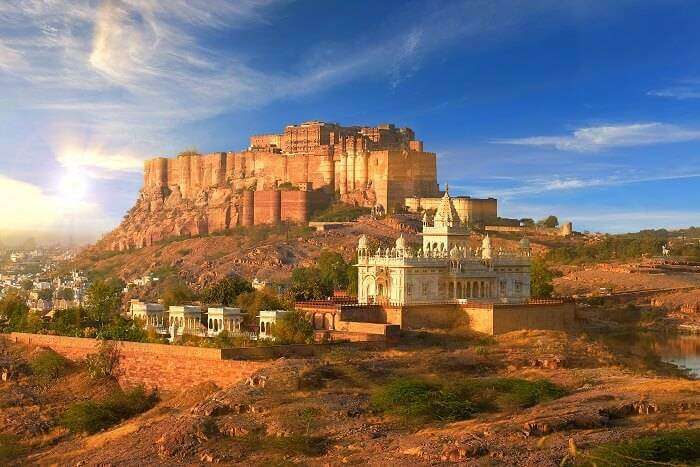
Mehrangarh Fort Architecture
Mehrangarh, one of the best places to visit in Jodhpur, is a celebration of various architectural styles. The fort and the structures within it were built over a long period of five centuries starting from the middle of the 15th century till the 20thcentury. So, its architecture reflects influences and elements from different eras, giving it a unique charm.
The fort is spread across an area of 5 km and is encircled by walls that are around 117 feet long and 70 feet wide. In some places, the walls of the fort rise up to a height of 120 feet, which adds to its formidable structure. There are seven beautiful gates adorning the fort walls, built at different points of time for different reasons. The fort complex also features a number of exquisitely decorated palaces and temples.
Mehrangarh Fort: Today
Today, a visit to Mehrangarh Fort counts among the most amazing things to do in Jodhpur. Apart from the spectacular palaces and expansive courtyards, the fort also houses a grand museum and an in-house museum shop. Folk dance and cultural performances take place almost every day within the fort.
Another key attraction at the fort is Chokelao Bagh, a beautifully restored 18th-century garden which is also the location of the open-air Chokelao Mahal Restaurant. You can relish a memorable candlelight dinner at the restaurant while enjoying the stunning views of the illuminated fort on one side and the city below on the other. If you are an adventure seeker, you can also try zip-lining at the fort.
Every year, the Rajasthan International Folk Festival is celebrated at the fort for five days in the month of October. The fort is also one of the venues for the World Sufi Spirit Festival held in February. Traditional festivals like Gangaur and Dussehra are also celebrated with much pomp and splendor at the fort. Currently, Maharaja Gaj Singh II, the present Rathode clan head, is the custodian of Mehrangarh.
The Rao Jodha Desert Rock Park, which is located adjacent to the fort, is another key attraction for travelers visiting Mehrangarh.
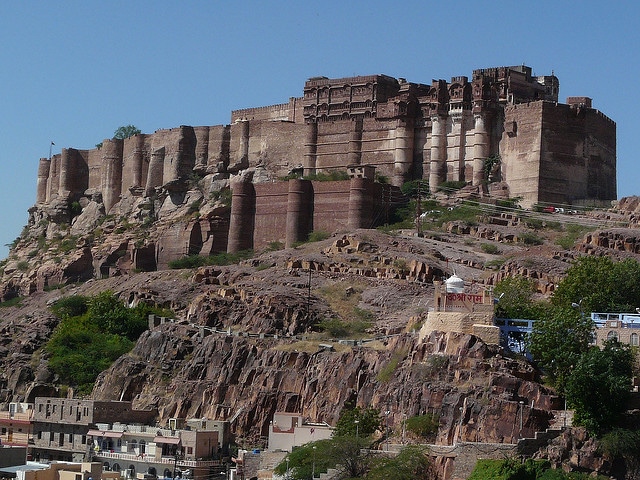
Mehrangarh Museum
The museum at the Mehrangarh Fort has different galleries showcasing an amazing collection of artifacts and decorative arts. The galleries at Mehrangarh Fort museum include:
- Elephant Howdah Gallery: Howdahs (seats used for riding the elephants) from the 18th and 19th centuries, including the silver howdah that Shah Jahan presented to Maharaja Jaswant Singh
- Daulat Khana Gallery: Some of the splendid treasures of this fort, including a few memorabilia of Emperor Akbar
- Turban Gallery: Various kinds of turbans used in Rajasthan by different communities and regions on various festivals and occasions
- Palanquin Gallery: A spectacular collection of palanquins including Pinjas (covered palanquins) and Rajat Khasa (lotus-shaped palanquin), to mention a few
- Painting Gallery: A fine collection Miniature Paintings and artwork belonging to the Marwar School
- Textile Gallery: Precious carpets, canopies, floor-spreads, tent walls, garments, and other furnishings from different centuries
- Sileh Khana or Arms Gallery: The swords of many kings and emperors, including Rao Jodha’s Khaanda that weighs over 7 pounds and the swords of Emperor Akbar and Timur
- Wood Craft Gallery: A number of artifacts carved out of wood and decorated with gold polish and ivory
- Cradle Gallery: A rare collection of cradles which include the electric cradle designed for the present king

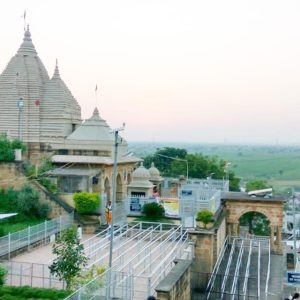
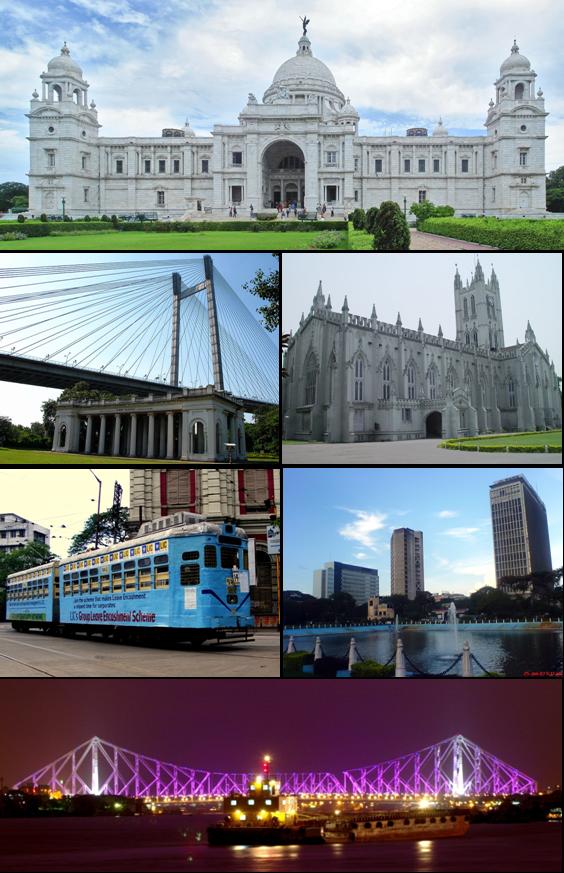
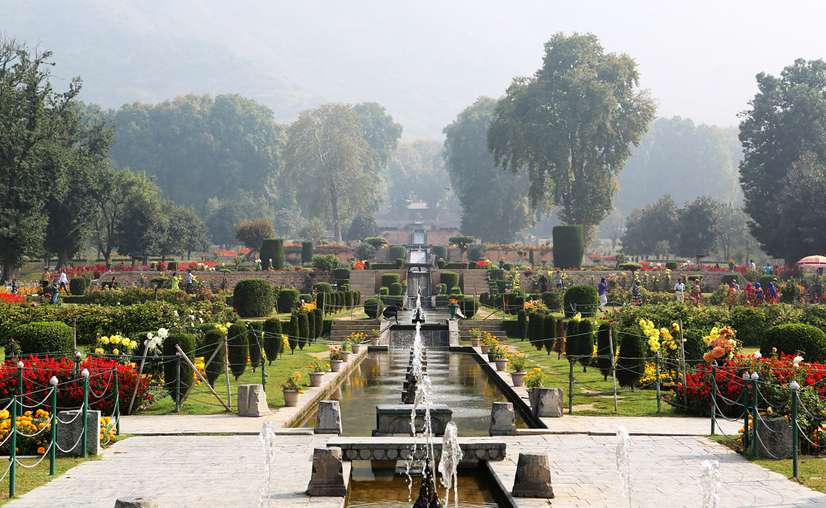
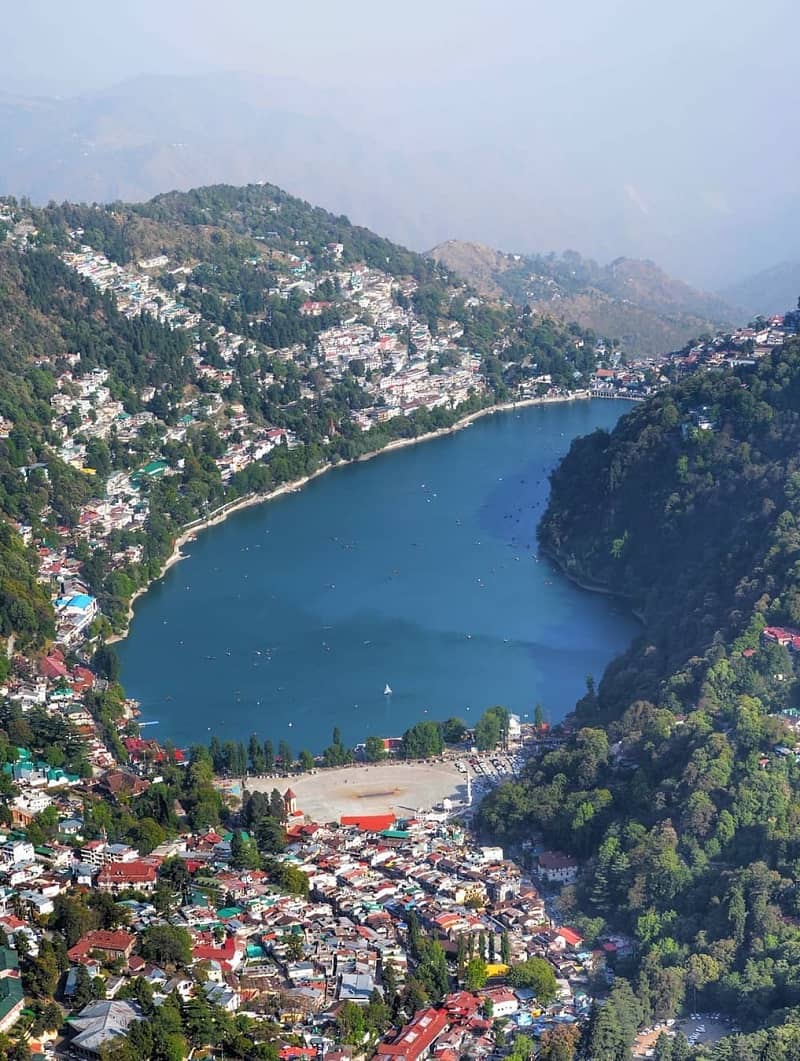

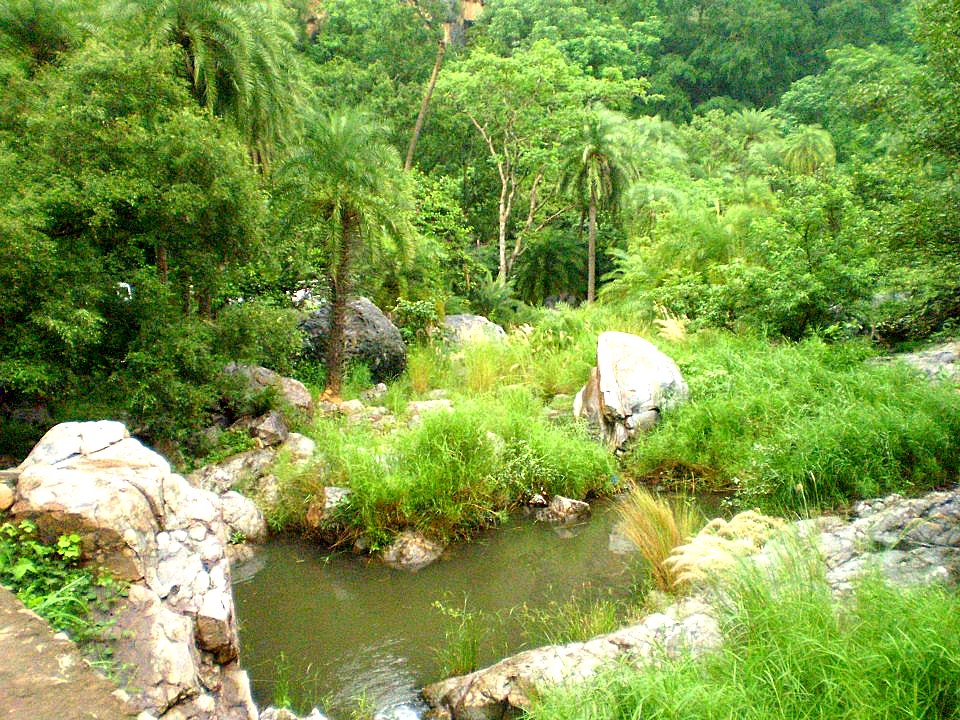
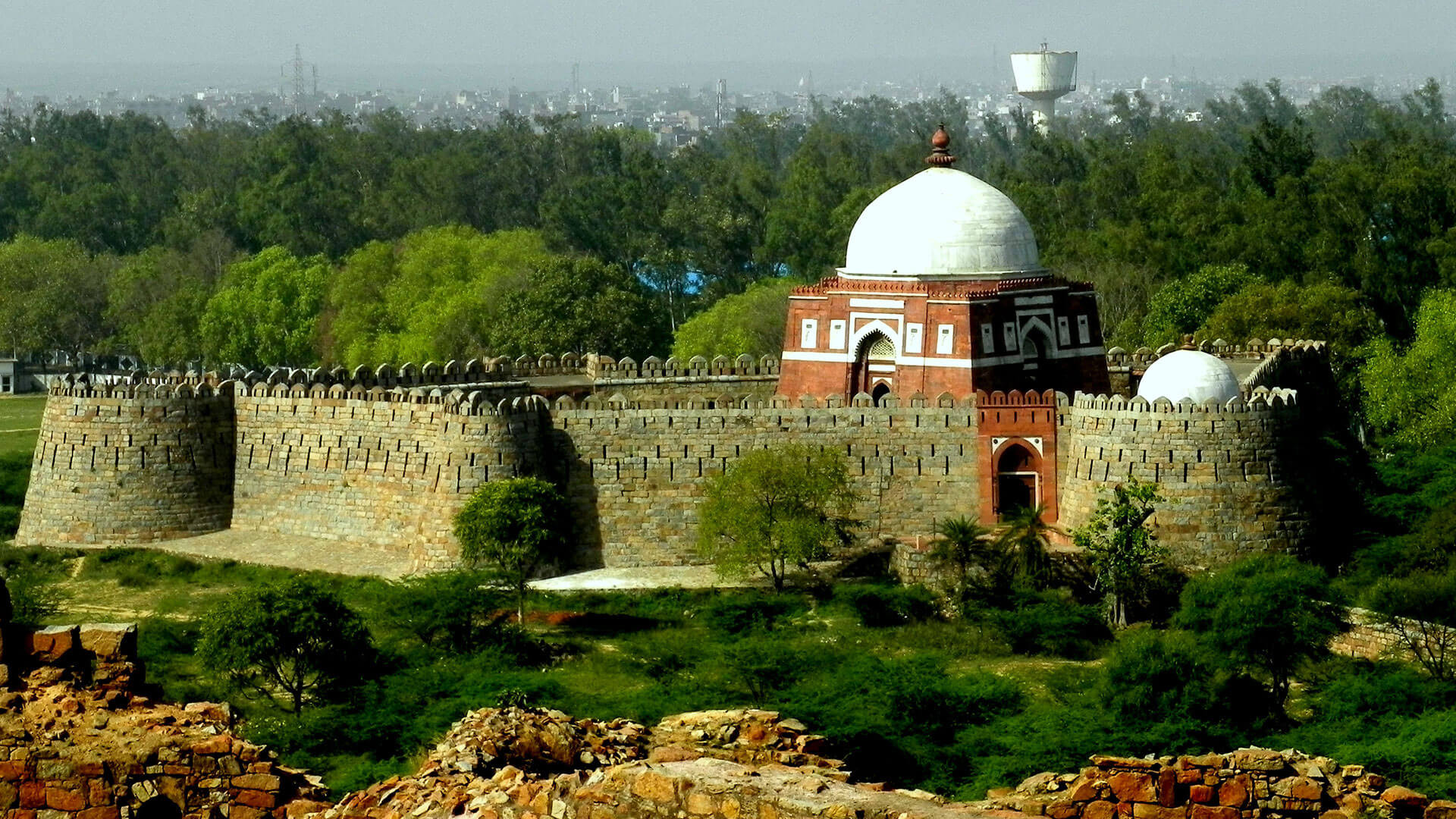
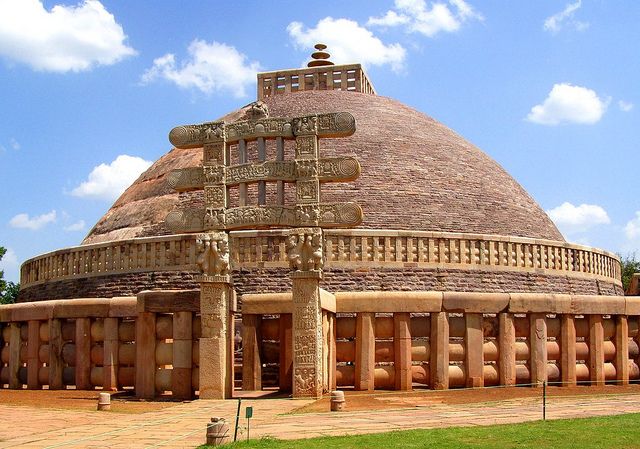
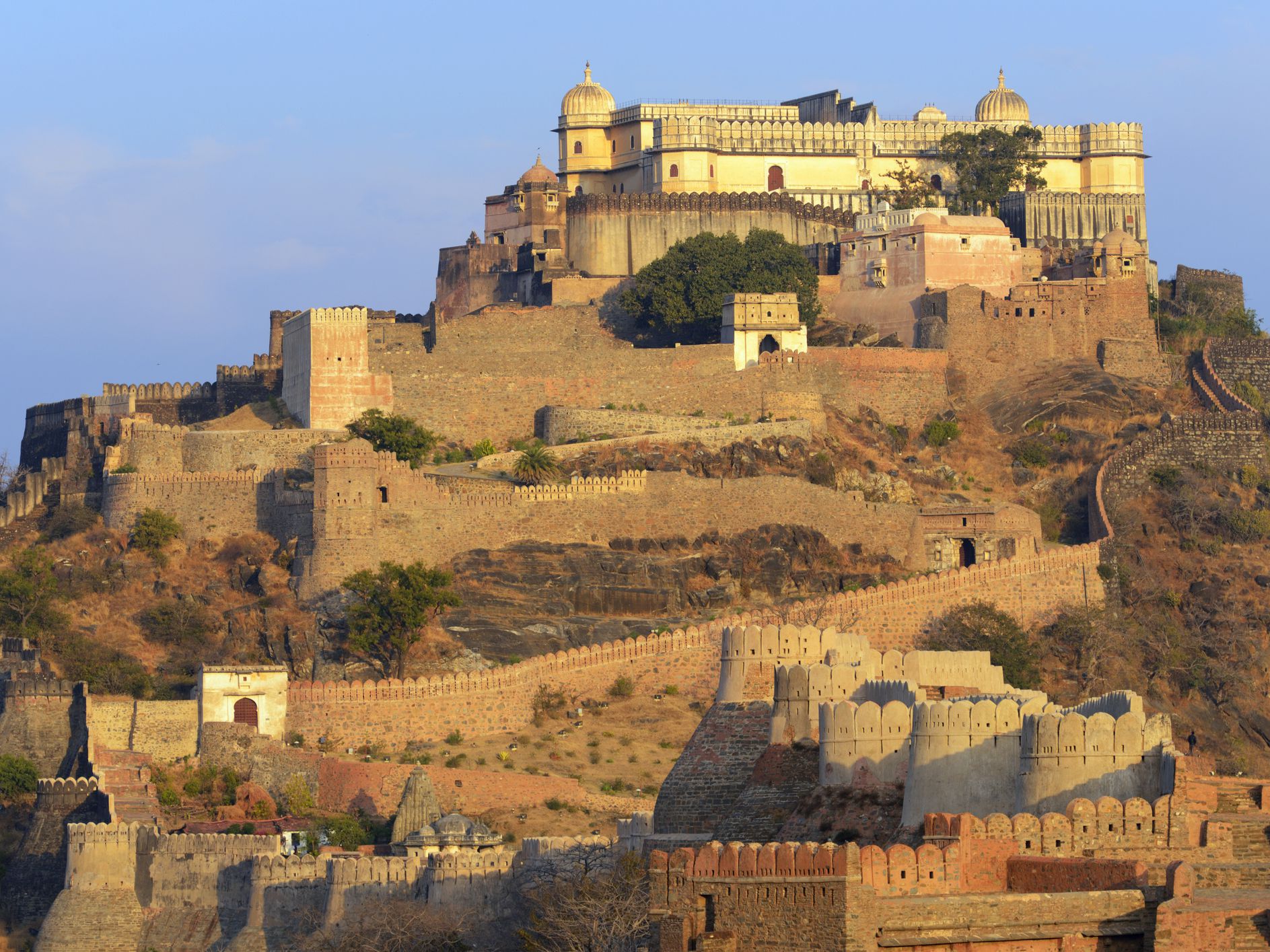
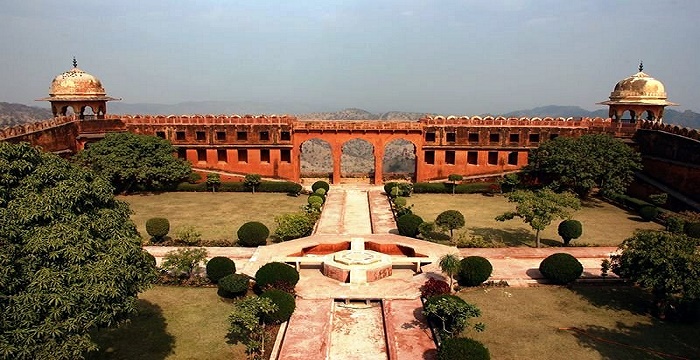

4 Comments
Comments are closed.